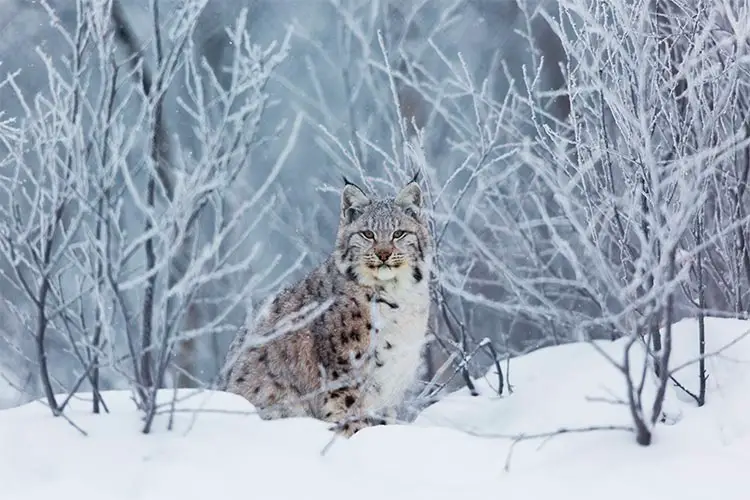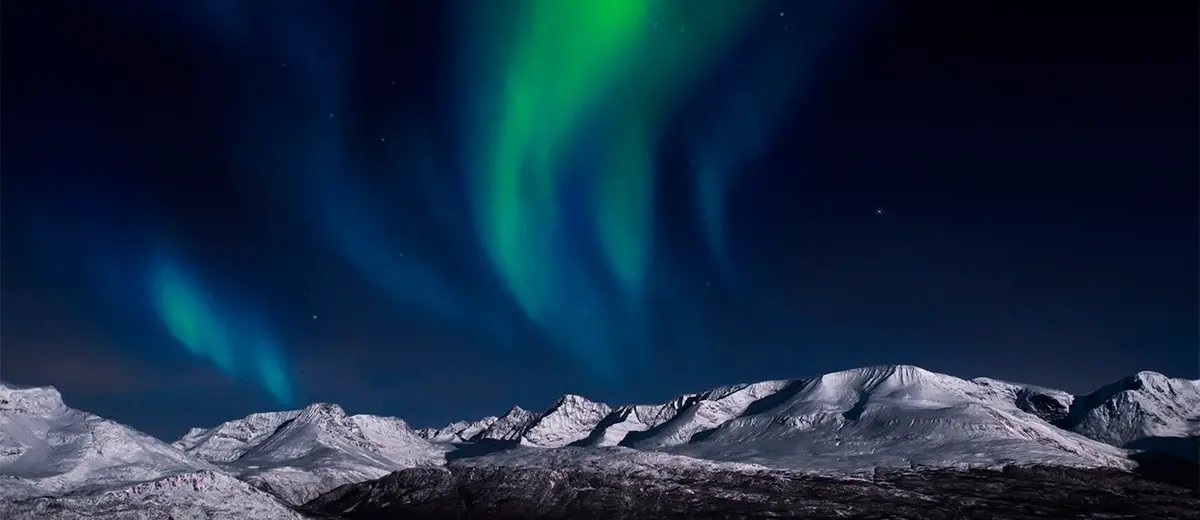Northern Europe
When picturing an ideal journey through Europe, many people automatically revert to a route that takes them throughout Western Europe. It’s a shame, not because Western Europe isn’t lovely, but because the traveller misses out on one of Europe’s most treasured areas: Northern Europe. This area, which includes Norway, Sweden, Finland, Denmark and Iceland, remains somewhat off the beaten path in Europe and boasts some of the continent’s greatest natural and cultural wonders. Historically, this area was settled in the Stone Age roughly 10,000 years ago. Eventually, this Stone Age culture developed into one of the most interesting civilizations to have existed, the Norse. Though the Norse would eventually spread throughout Europe and the United Kingdom, their roots remain firmly buried in Scandinavia, and today the Norse Vikings have become immortalized in pop culture across the world.
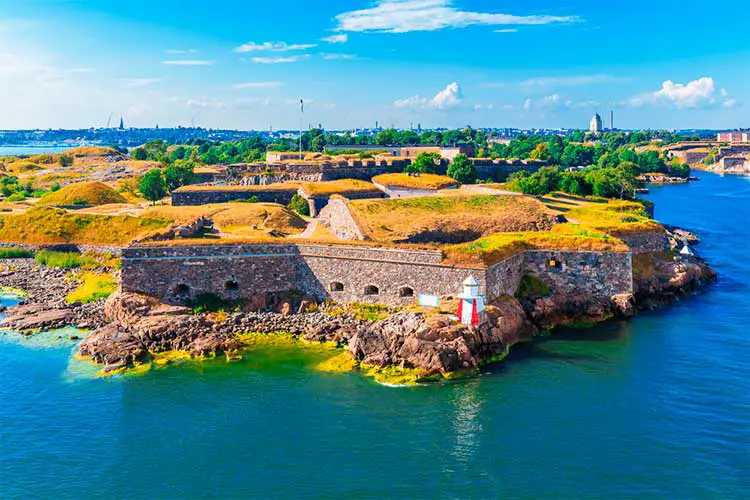
Although modern Northern Europeans rarely take to the seas and pillage towns, the culture and historical heritage left behind by the Norse permeates all aspects of life in Northern Europe. Of course, this doesn’t mean the outside world hasn’t steeped in. North Europe boasts modern, sophisticated cities that are similar in general vibe to other major European cities. Readily available train, internet and flight connections mean that Northern European has also experienced the effects of rapid globalization on their culture during the last century and is now commonly known as one of the most pleasurable places to live in the world.
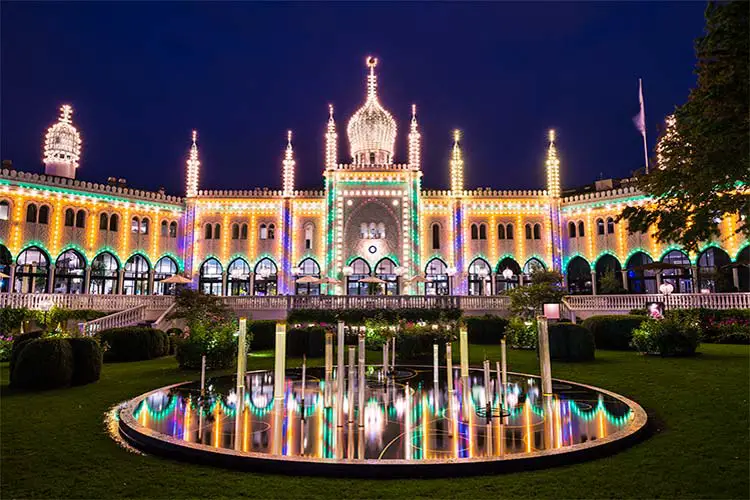
Northern Europe Highlights
Oslo and Stockholm
Northern Europe is fortunate to be home to both beautiful cities and countryside. As far as cities go, one would be well-advised to visit one of Europe’s most pleasant cities, Oslo. Although the Norwegian capital has a bit of reputation for being expensive, we can assure you that the price is more than worth it. Simply in terms of architecture and city greenery, Oslo is one of the most stunning cities in Northern Europe. For that matter, any capital city in Northern Europe is worth visiting. Stockholm and Reykjavik are both charming in their own right, but we particularly recommend Stockholm. If you find yourself with some free time while visiting Stockholm, we recommend investigating Djurgarden. This island is home to a number of historical buildings, museums, and even a world class amusement park. Few other locations can present such a breathtaking juxtaposition of Sweden’s past and present culture.
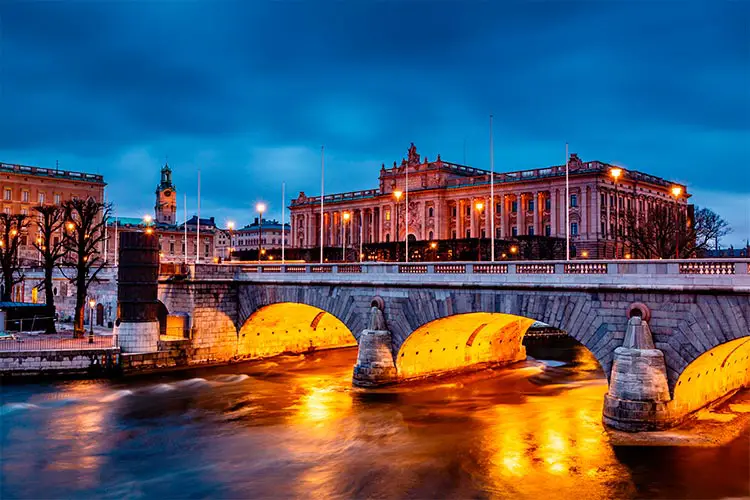
Scandinavian Countryside
While the cities are fantastic, it would be a mistake not to visit the countryside of Northern Europe. Because of its extreme northern latitude, the natural wonders of Northern Europe are unlike those found anywhere else in the world. This rings especially true if one works their way up into the frigid northern reaches of Scandinavia. Few sights reward the eye more than the reflection of a morning sun on the unbounded cloak of snow and ice that wraps North Europe. In some areas, the population density is extremely low, and the area is one of the more remote destinations left in Europe.
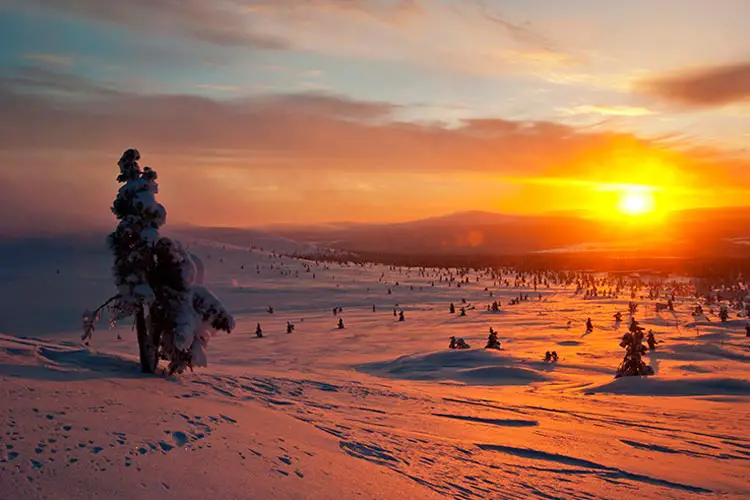
Northern European Food
As befitting of an area heavily reliant on the ocean, much of the food available in Scandinavia and Northern Europe consists of fish, mussels, and oysters. In most restaurants, fish will be your least expensive entrée option. In addition, game meats are widely available, namely elk and bear. Northern European diets also feature potatoes, apples, and other hardy fruits and vegetables. For the more adventurous eaters, a number of more interesting options exist, including smoked horse meat. In some areas of Northern Europe, this horse meat is referred to as “hamburger,” though in the more touristy areas, a hamburger retains its standard definition of beef. It’s definitely advised to ask your cook or waiter which type of meat you’re receiving before you order. Finally, beer and alcohol are readily available throughout North Europe, much to the delight of most travelers.

Wildlife in Northern Europe
Two main factors influence the mix of wildlife in Northern Europe: the Atlantic ocean and the latitude. The southern parts of Northern Europe are relatively similar to Central Europe, and the coastal areas in Northern Europe are stunning. However, it’s the northernmost landscapes which boast the most unique wildlife. These remote areas are technically considered a part of the Arctic tundra, and the flora and fauna there have adapted to extremely cold climates. One can be expected to see reindeer, snowy owls, arctic foxes, and even brown bears. Northern Europe’s vast uninhabited lands and beautiful snowy landscape are some of the most dramatic in the world, and truly one of Europe’s last wildlands.
